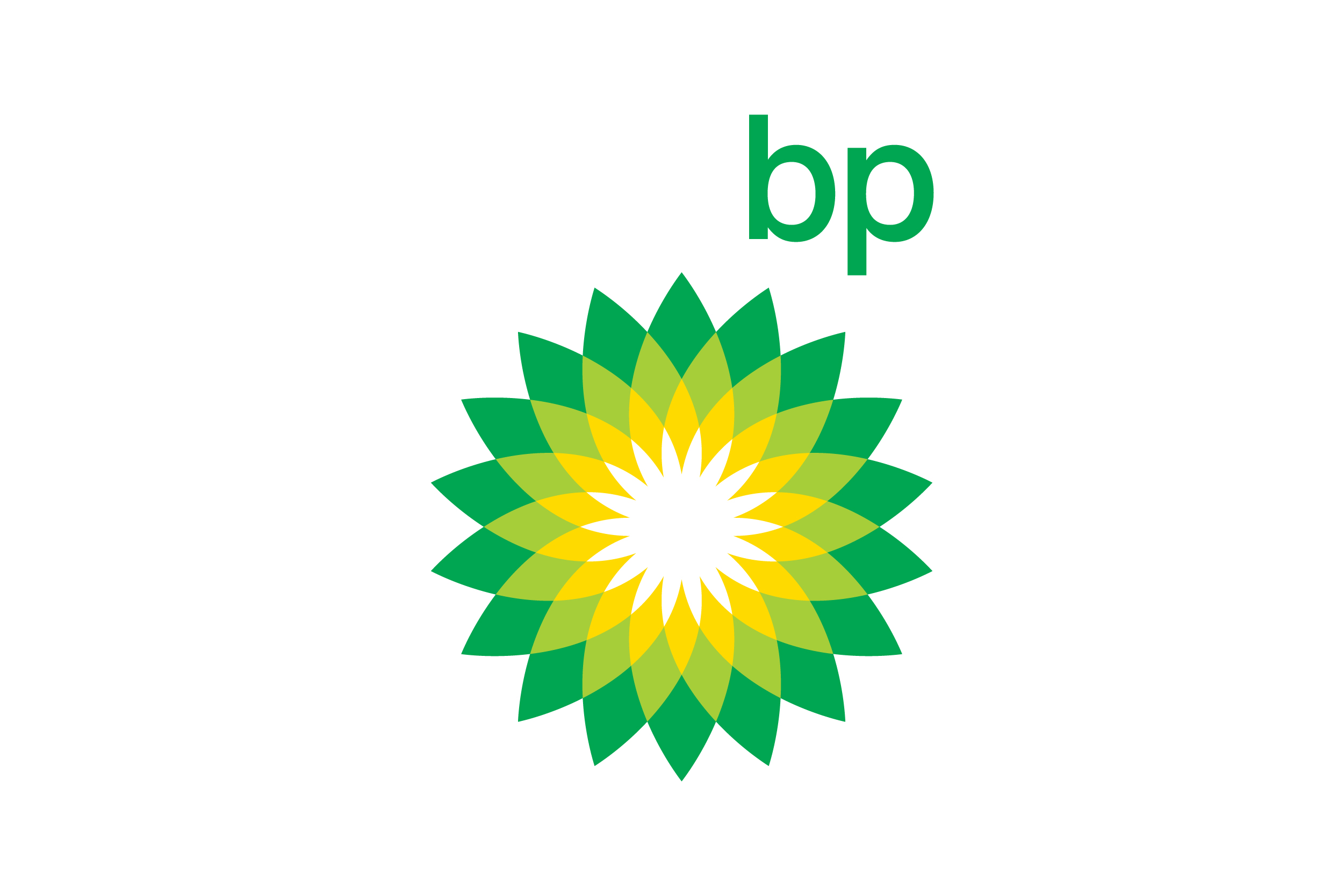|
Getting your Trinity Audio player ready...
|
Logos should be an integral part of any business’s branding. It’s the main factor that draws first attention to a business and represents the first contact for a client. An attractive and informative logo will help your company to become more noticeable on the market, make its name more popular among people and therefore increase the number of customers.
When creating a logo, there are countless logo examples you can use as an inspiration to create your own unique logo design. Here we have collected 5 different types of logos – from literal through symbolic, from word-driven to image-driven.
The logo is one of the first things you’ll think about when launching a new business. But there are 5 different types of logos you should consider for your startup or growing business.
- Wordmark
- Letterform
- Emblem
- Pictorial Mark
- Abstract Mark
Before deciding the type of logo you would like to design please check out the advantages and disadvantages each logotype has. I have also outlined when best to use these logos. Never design something without thinking through what you are actually trying to accomplish with this design.
Every logo is the identity of a product, person, company, etc. They are created to be visual strokes that create an emotional connection with the brand’s target audience – one that will make them trust your business enough to give it their money or attention.
1. Wordmark
Word mark logos only consist of freestanding words or acronyms. It can be a company name or a product name. They are styled with a unique typeface.
Ina a study by Tasty placement (100 selected brands) shows that 37% of logos used only text. The Google logo, eBay, and Uber are great examples of this type of logo.
Advantages: There is no guessing who which company the logo represents and It’s the most versatile logo option because it can easily be transferable onto marketing materials
Disadvantage: If not done well a wordmark may be generic and lack
2. Letterforms
A lettemark is a simple representation of the company through the use of its initials or the first letter of its name.
These marks are made of unique typography
Examples are McDonald’s, WordPress, and Beats by Dre
Advantages: Easily Scalable and, a well-designed letterform will invoke the full name of the brand in people’s minds. If you have a long and complicated business name, then it might be a good option to consider a letterform logo. Your letterform logo can represent something you offer.
Disadvantage: If your logo is not memorable, it’s useless to have a letterform. They mostly depend on repeated viewing to recognize them.
3. Emblem
An emblem is a mark where a company name is connected to a pictorial element.
They usually look great when embroidered on a piece of clothing.
An emblem, however, does not display well on small devices like cell phones. This is why Starbucks stopped using the emblem in favor of a pictorial mark. It’s usually used by schools. For example, University of Cape Town has an emblem for a logo
Advantages: They look great when embroidered
Disadvantage: They are not as visible when displayed on smaller devices
4. Pictorial marks
A pictorial mark is an image that is recognizable and simplified in a unique manner.
They use recognizable images.
They communicate more about a brand than an abstract mark hence very popular. Pictorial marks feature a specific image or illustration to represent a product or brand.
Advantage: A picture is worth a thousand words, that is why pictorial marks are a great way to communicate your brand values and identity.
Disadvantage: It may require a big budget in advertising to make it easily recognizable.
5. Abstract marks
An abstract mark is a simple that represents a big idea with a shape. They are highly conceptual.
In most cases, they present an idea instead of a direct message.
Abstract marks work effectively for big organizations. They are usually effective for tech companies.
Advantage: They are effective for large companies
Disadvantages: It’s difficult to design well. If not done well they can cause confusion to your customers.
In general, iconographic logos work better for branding than representational logos. Icons are simpler, clearer, and more focused than pictorials, and generally speaking, a picture is worth more than a thousand words.
But icons don’t have to convey everything about the product; icons of a specific object (such as a cow or an apple) are likely to be understood by everyone, whereas pictures convey only our knowledge about the world.
So, icons need to communicate something specific. And icons can be specified in two ways. One is literal, showing an object (the Apple logo shows an apple). The other way icons can be specific is abstract. (The Nike swoosh is a stylized representation of the Nike swoosh.)
The basic law of logos is that for the logo to be effective it must be memorable. The logo must stick in people’s minds. That means it needs to be distinctive, but not so distinctive that people won’t recognize the company’s name.





